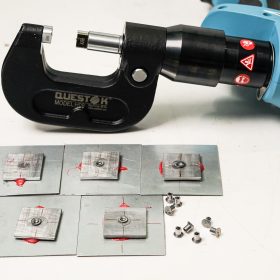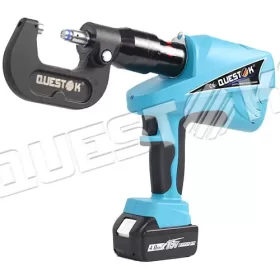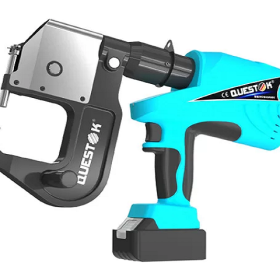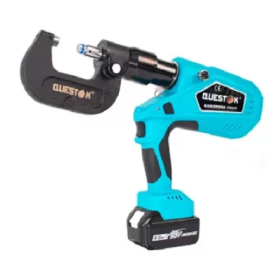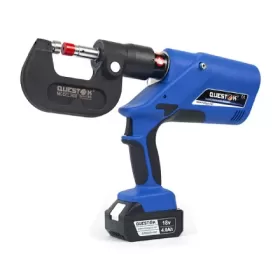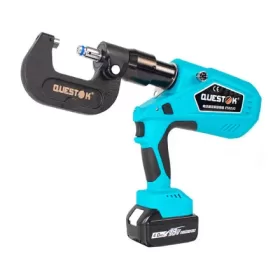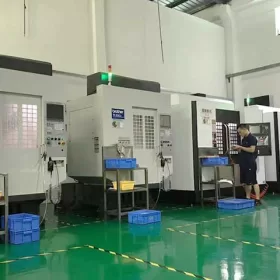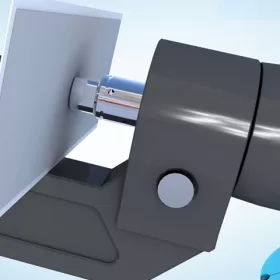Unlocking the Secrets of Solid Rivets for Sale- Everything You Need to Know
Solid rivets are indispensable fasteners in various industries, offering secure and reliable connections. Understanding their intricacies is crucial for selecting and applying them effectively. This comprehensive guide unlocks the secrets of solid rivets for sale, empowering you with the knowledge to make informed decisions.
Materials
Solid rivets come in a range of materials, each offering unique properties:
– Steel: Affordable and widely used, providing high strength and durability.
– Stainless steel: Resists corrosion and rust, ideal for environments with moisture or chemicals.
– Aluminum: Lightweight and strong, suitable for applications where weight reduction is essential.
– Copper: Excellent electrical and thermal conductivity, making it suitable for electrical connections.
– Brass: A combination of copper and zinc, offering corrosion resistance and strength.
Types
Solid rivets are available in various types based on their head shape:
– Round head: The most common type, providing a flush finish on one side and a slightly protruding head on the other.
– Flat head: Similar to round head rivets but with a flatter head, suitable for applications with limited space.
– Pan head: Features a wider, countersunk head that provides a more secure and tamper-proof connection.
– Oval head: Offers a decorative appearance, often used in furniture or architectural applications.
– Countersunk head: Sits below the surface of the material, creating a flush finish on both sides.
Sizes and Specifications
When selecting solid rivets, it’s crucial to consider their dimensions, including:
– Diameter: The thickness of the rivet’s shank, measured in inches or millimeters.
– Length: The distance from the end of the head to the end of the shank.
– Grip range: The thickness of the material that the rivet will be holding together.
– Standard: The size and shape of the rivet as per industry standards, such as NAS or AN standards.
Installation
Installing solid rivets requires specialized tools and techniques:
– Rivet gun: A manual or power tool that exerts sufficient force to set the rivet.
– Rivet dies: Shaped to match the head of the rivet, ensuring a secure and uniform set.
– Process: Before installation, the hole is prepared, the rivet inserted, and the rivet gun used to compress the shank, forming a secure connection.
Applications
Solid rivets find widespread use in various industries:
– Construction: Building bridges, assembling metal structures, and creating architectural elements.
– Automotive: Joining sheet metal parts in vehicles, such as body panels and exhaust systems.
– Electrical: Making electrical connections in switchboards, control panels, and electronic devices.
– Aerospace: Assembling aircraft components, where high strength and reliability are essential.
– Furniture: Building furniture frames, upholstery, and fittings.
Purchasing Considerations
When purchasing solid rivets, consider these factors:
– Material: Select the appropriate material based on the application and environmental conditions.
– Type: Choose the head shape that best suits the needs of the application.
– Size: Accurately determine the dimensions required for the desired strength and grip.
– Quality: Look for reputable manufacturers with ISO or other industry certifications.
– Price: Compare prices from different suppliers to optimize your budget.
By understanding the secrets of solid rivets for sale, you can make informed decisions, select the right rivets for your application, and install them with confidence. This guide empowers you to unlock the full potential of solid rivets, ensuring secure and reliable connections in your projects.
- Company News
- Industry News
- Tag
- Tags
-
The Advantages of Questok Rivet Guns: Precision, Efficiency, and Durability
In industrial fastening applications, the choice of tools directly impacts productivity, safety, and long-term cost-effectiveness. Questok rivet guns have emerged as a standout solution for professionals across aerospace, automotive, and construction sectors. Combining advanced engineering with user-centric design, these tools deliver unmatched performance. Below are the key advantages that make Questok rivet guns a preferred choice:
-
Rivet Gun FAQ
Rivet Gun FAQ-SPR
-
Fast Assembly and Repair With Cordless Solid Rivet Gun
Questok cordless solid rivet gun stands out as a pivotal innovation, merging portability with power to facilitate efficient and effective fastening in a myriad of applications.
-
Redifine The Role of Self-piercing Riveting Gun Machine
Self-piercing riveting adopts high-speed mechanical fastening skill that joins thin sheet materials, typically steel and aluminum alloys.
-
The Latest Innovations in Clinching Tool Design
Explore the latest innovations in clinching tool design, redefining precision, efficiency, and versatility in material joining.
-
The Application and Maintenance of Self-Piercing Rivet Guns
Delve into the applications of self-piercing rivet guns in the automotive and aerospace industries and reveal the essential maintenance practices that ensure their accuracy and efficiency.
-
Rivetless Riveting Gun for Ventilation Duct Projects
The ventilation duct rivetless gun is a tool for riveting ventilation ducts without rivets.
-
Guide to Using Self-Piercing SPR Riveting Gun
In the automotive industry, self-piercing SPR (Self-Piercing Rivet) riveting guns are commonly used for joining metal components in vehicle bodies, including BMW vehicles.
-
Rivet Gun FAQ
Rivet Gun FAQ-SPR
-
Versatile Fastening- Applications of the Handheld Rivet Gun Across Industries
In the realm of fastening, the handheld rivet gun stands as a testament to ingenuity and versatility. Its ability to effortlessly join materials with sheer strength and permanence has revolutionized manufacturing and construction processes, leaving an enduring mark on diverse industries. Aerospace: Where precision and reliability are paramount, the rivet gun shines. In aircraft assembly, […]
-
Time-Saving Tools- Speeding Up Projects with Electric Blind Rivet Guns
In the whirlwind of project deadlines, every minute counts. But what if there was a tool that could dramatically reduce assembly time, giving you an edge in the race against the clock? Enter the electric blind rivet gun: your secret weapon for lightning-fast and effortless riveting. Electric blind rivet guns are the ultimate time-savers for […]
-
Streamlining Fastening- How an Electric Blind Rivet Gun Enhances Efficiency
Introduction In the realm of manufacturing and assembly, fastening plays a crucial role in securing components and ensuring structural integrity. Traditional manual rivet guns, while reliable, are often time-consuming and labor-intensive. The advent of electric blind rivet guns has revolutionized the fastening process, significantly enhancing efficiency and productivity. This article delves into the benefits of […]
-
The Role of Automation in Electric Rivetless Clinching
Electric rivetless clinching (ERC) is a lightweight joining process that eliminates the need for rivets or other fasteners. This can lead to significant cost savings and increased production efficiency. Automation plays a critical role in ERC, enabling high-speed and high-volume production. Automated Feed Systems Automated feed systems are used to accurately position the two workpieces […]
-
Why Choose a Universal Self-Piercing Riveting Gun for Your Projects?
In the realm of construction and fabrication, riveting guns stand as indispensable tools for creating secure and robust connections. Among the various types available, universal self-piercing riveting (SPR) guns have emerged as a game-changer due to their versatility and efficiency. This article will delve into the compelling reasons why choosing a universal self-piercing riveting gun […]
-
Why Choose Stainless Steel Hollow Rivets for Your Projects?
In the world of industrial manufacturing, choosing the right fasteners for your projects is crucial for ensuring longevity and reliability. Among the many options available, stainless steel hollow rivets stand out as a superior choice for a wide range of applications. This article delves into the compelling reasons why stainless steel hollow rivets are the […]
-
Top Trends in Electric Rivetless Clinching Guns
In the realm of fastening technology, electric rivetless clinching guns have emerged as a revolutionary solution for a wide range of industrial applications. These advanced tools offer several преимущества and capabilities, revolutionizing the way businesses approach their fastening needs. Adoption of Brushless Motors Brushless motors have gained significant traction in electric rivetless clinching guns due […]
